‘’Metamorphosis of Narcissus’’
‘’Metamorphosis of Narcissus’’ by Salvador Dali
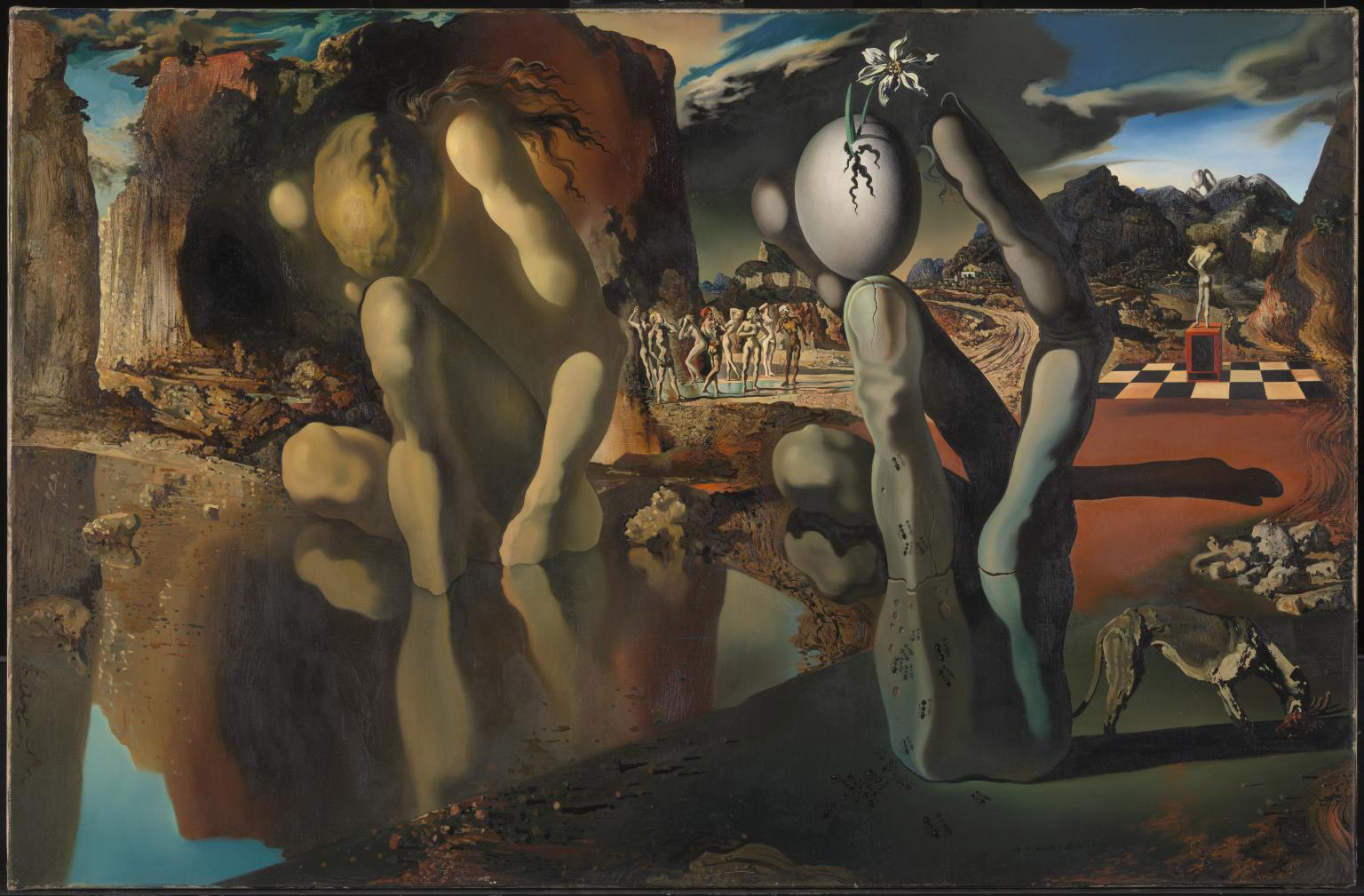
‘’Metamorphosis of Narcissus’’ is a 51.2cm by 78.1cm oil painting on canvas created by Salvador Dali (1904-1989), in 1937. It is in a horizontal orientation and it is the first painting to be made entirely in the paranoiac-critical method, a technique developed in 1930 by the artist himself.
Simply put, it is the combination of two or more images used to portray an ambiguous image which can be interpreted in different ways.
According to Greek mythology, Narcissus was a boy who fell in love with his reflection in a pool. He stayed there staring at himself until he died when the Gods immortalised him as the narcissus flower.
In the centre of the painting, we see two figures which look like a mirror image of each other. On the left is Narcissus who is kneeling trying to see the reflection of his image, his posture indicating depression and boredom, underlying his vanity.
On the right we see Narcissus after his transformation in a fossilised ‘hand’ form, raising from his reflection and holding an egg, which possibly represents reproduction, from which a plant is blooming.
The painter is showing us the death of Narcissus, as indicated by the ants crawling towards the egg, ants in Dali’s paintings representing death (figure 1), and also by the animal on the right, eating what is left from Narcissus’ flesh.
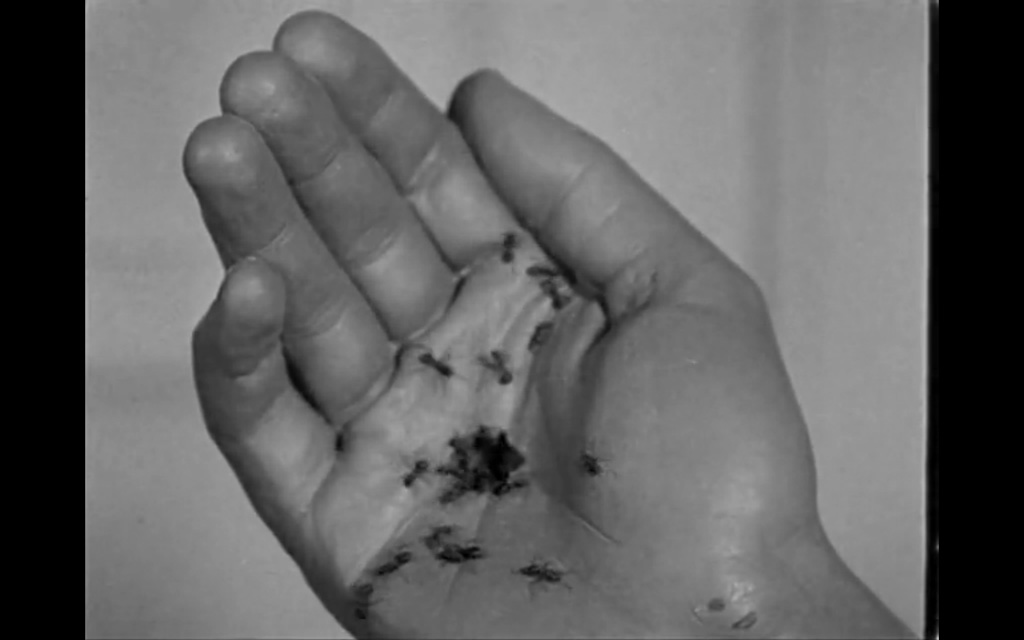
Figure 1 : A still from Un Chien Andalou which show us the meaning of ants in Dali’s work
Finally, the flower which grows from the egg represents a merging of those two concepts, new life created from death, in the place where Narcissus died.
The artist creates a suggestion of three-dimensional space by a combination of vertical and horizontal lines, but he also uses curved lines to lead the viewer’s eye to the primary subject. By using different tones, values, and intensity, Dali tries to show to the viewer life and death, self-love, grief, and sorrow, with many symbols as well. He uses warmer colours on the left to indicate the passion and life of Narcissus and cooler, bluish shades on the right to show death and sadness. This transition relates to the parallel emotions that he went through in his life.
Salvador Dali was born in Spain where he experimented with many different styles, including Impressionism, Futurism and Cubism and later experimented with Dada. In the late 1920’s he visited Paris where he met the surrealists Joan Miró, Paul Éluard and René Magritte, having been invited by Andre Breton to join their club. He also met Pablo Picasso who massively influenced Dali’s work. In addition, he discovered Sigmund Freud’s psychoanalytic theories, which also influenced him and as a result, Dali began using psychoanalytic methods of mining the subconscious to generate imagery.
Furthermore, Dali took Breton’s theory of automatism a step further by creating his Paranoic Critical Method, in which an artist could tap into their subconscious. Dali (1935) explained it as a “spontaneous method of irrational knowledge based on the critical and systematic objectivation of delirious associations and interpretations”. In other words, a state between the conscious and the subconscious, where our irrational knowledge is trying to explain what we see when perceiving multiple images within the same configuration.
Is Narcissus portraying the impact the Spanish civil war in 1936 had on Dali, where: ‘’Every new beginning comes from some other beginning’s end’’?(Seneca the Younger)
It is the author’s impression that Dali’s Narcissus is perhaps a portrait of his understanding of the Spanish Civil War, where he sees a narcissistic side to society that eventually led to a war, followed by death and resurrection. Coincidently, potentially there is also a resemblance of his “esoteric war”, at the time.
The elements of Surrealism, still used today, and its influence are evident in art (figure 2), photography (figure 3), painting (figure 4), cinema (figure 5), fashion (figure 6), architecture (figure 7), and interior design(figure 8).
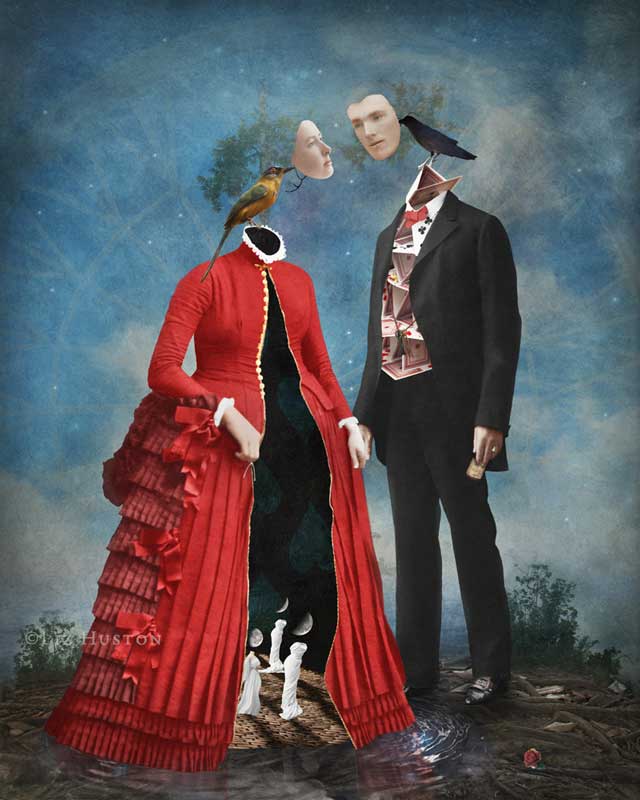
Figure 2 ”The Dreamkeepers”, by Liz Houston 2013, Mixed media: Photomontage,
Digital Painting, Acrylica & Watercolours
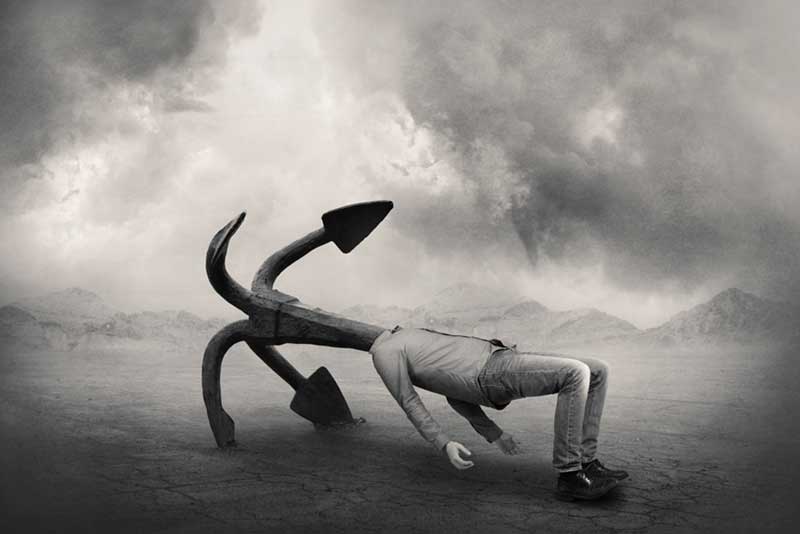
Figure 3 : Anchored – by Tommy Ingberg, 2013
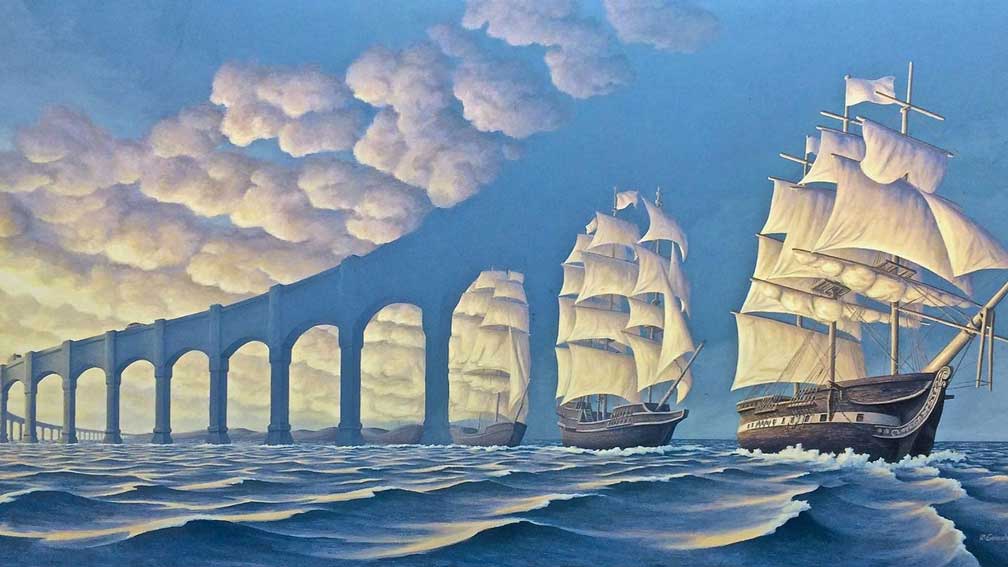
Figure 4: The Sun Sets Sail – by Rob Gonsalves, 2001, Giclée on Canvas 22″ x 44
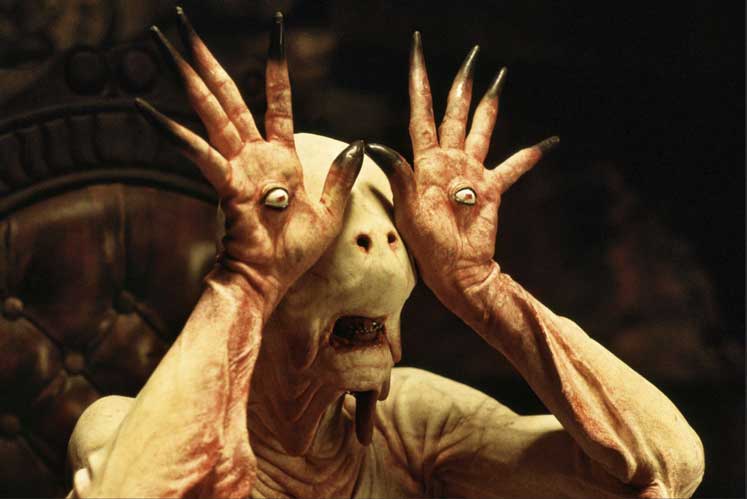
Figure 5: still from the film Pan’s Labyrinth by Guillermo del Toro 2006
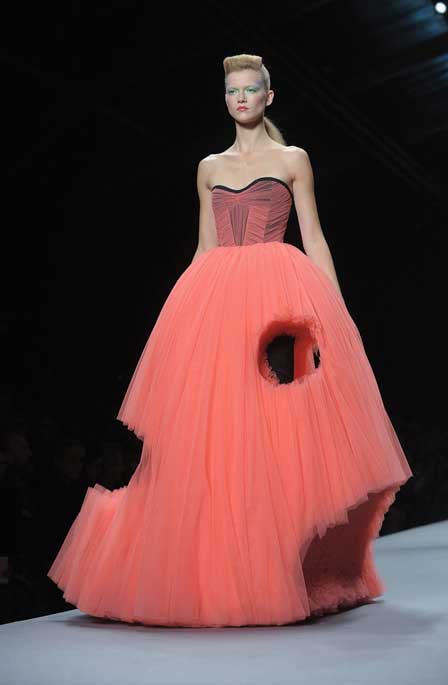
Figure 6: Viktor & Rolf Spring, 2010
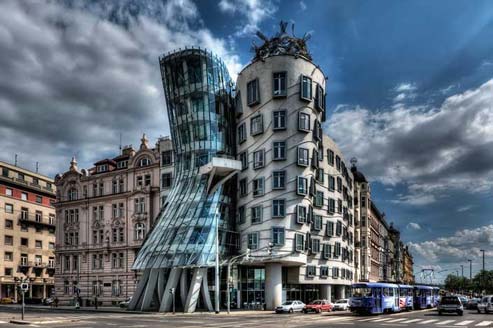
Figure 7: Dancing House – by Gehry Frank in Prague, Czech Republic, 1996
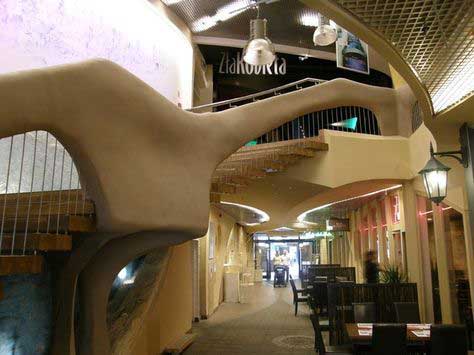
Figure 8: Krzywy Domek (Crooked House) – by Szotyńscy & Zaleski, Sopot, Poland, 2004

2 Replies to “‘’Metamorphosis of Narcissus’’”
Hello, just wanted to tell you, I loved this post. It was
helpful. Keep on posting!
Great! I am so pleased that You found it helpful. I am back after a long break because of studies! Thanks again!